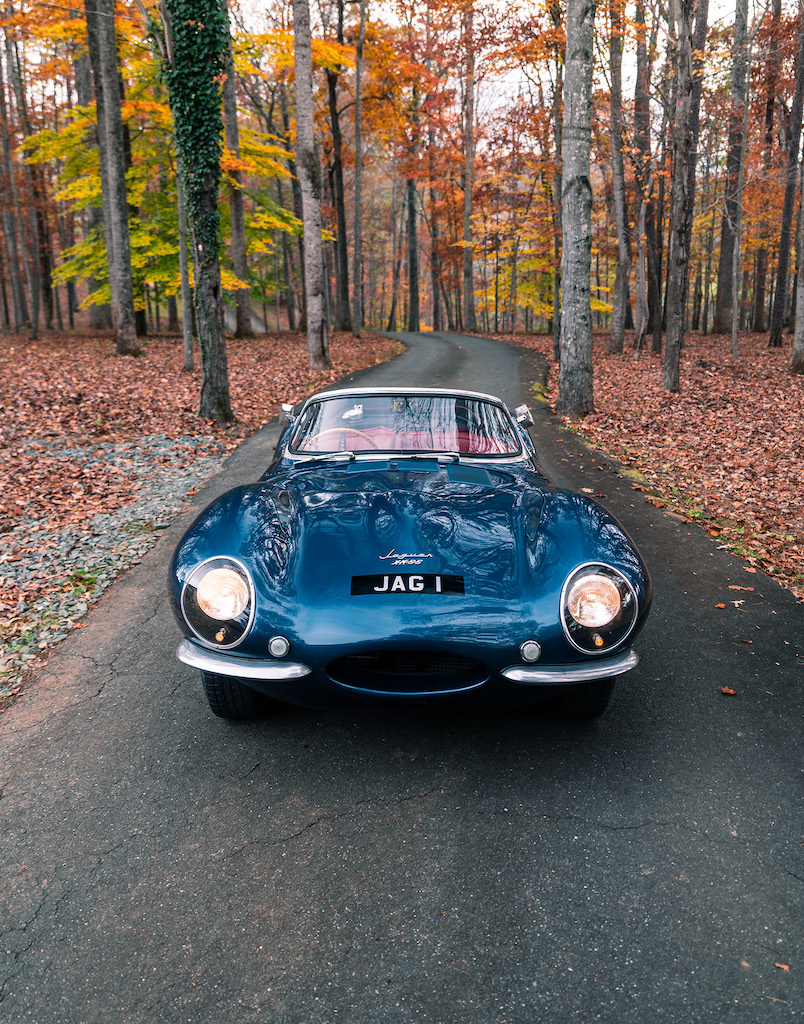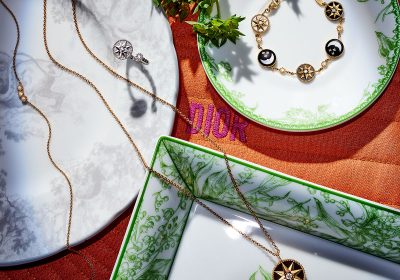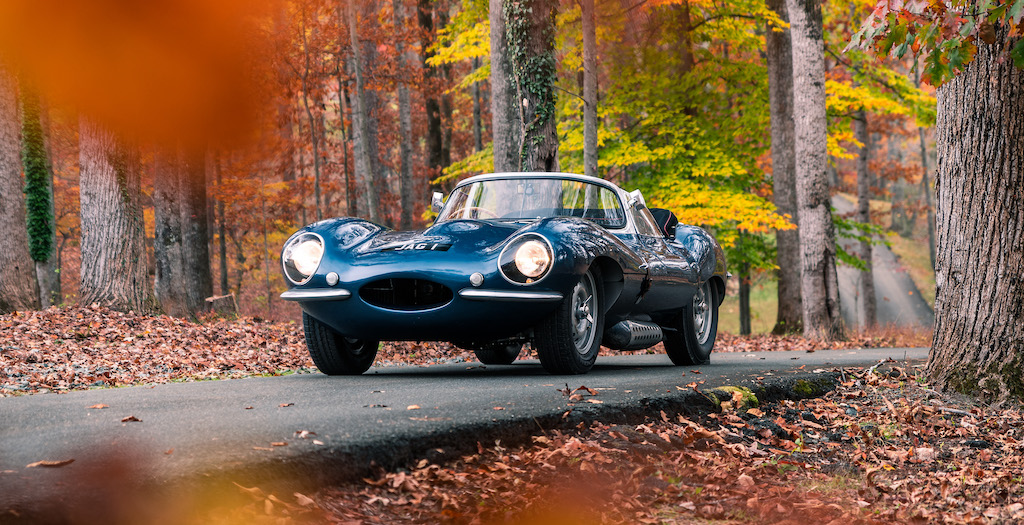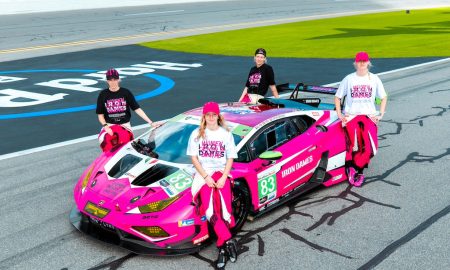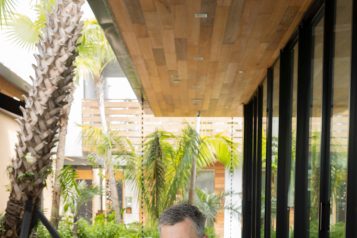The incident occurred on a Tuesday in early February of 1957, after many of the employees had already left Jaguar’s Browns Lane factory, northwest of London, UK: A raging fire that spread from the tire storage room to quickly consume nearly a quarter of the whole facility. According to an incredible newsreel captured in the aftermath of the disaster, the total impact from the damage amounted to £3,000,000.
A further twist of fate: British sports car brand Jaguar had only just moved to their Coventry location fewer than five years previously. The site itself, formerly owned by Daimler—another historic British automotive brand—was a so-called “Shadow Factory” during World War II, building Bristol Hercules airplane engines. The building had survived the German blitzkrieg; while its sister factory, Radford, was nearly bombed into oblivion, Browns Lane was spared.
After WWII ended, Jaguar’s good luck continued, with the British government extending a wartime contract to build twelve-cylinder Meteor engines for tanks. As Jaguar founder Sir William Lyons was happy to note, the weekly order of 35 military engines generated as much revenue as car production. By 1952, worldwide demand for sporting cars and saloons was sufficiently strong, mostly driven by post-war American consumerism, that even Sir Lyons took notice, devoting the whole of Browns Lane to sports car and sedan production. Like rival brand Ferrari, selling road cars funded Jaguar’s race research; a competition variant of the six-cylinder XK engine debuted in the 24 Hours of Le Mans endurance-race-winning Jaguar C-Type.
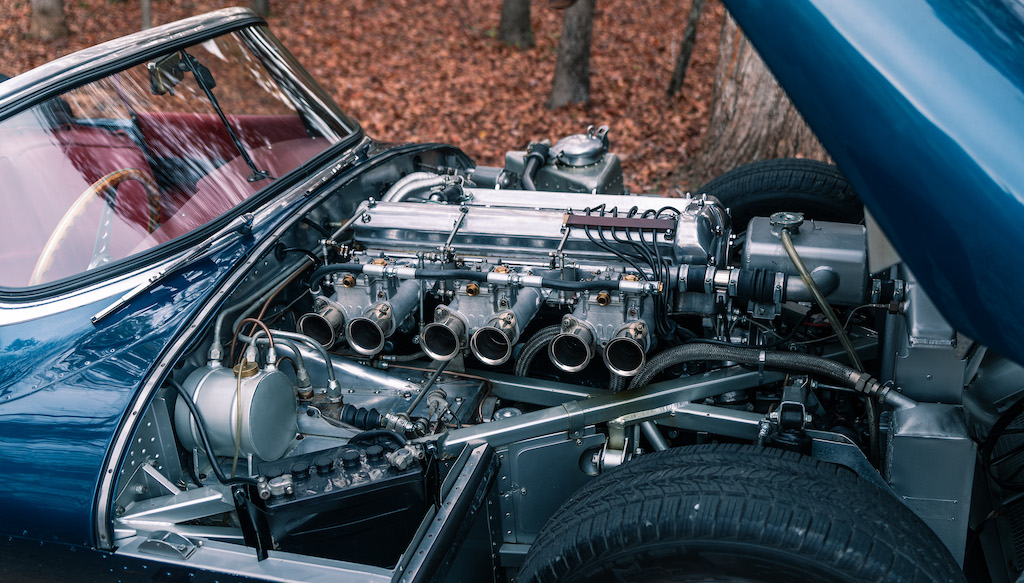
By the time Jaguar’s follow-up D-Type racer was released, new engineering research encompassed powerplant, chassis, and brake development. Unfortunately, the advancements could not overcome the bad publicity generated after a factory D-Type crashed at the 24 Hours of Le Mans in 1955, killing many spectators. It did not matter that the D-Type’s futuristic disc brakes were far safer than competitors, nor that privateer D-Types won Le Mans overall the following two years—the market for Jaguar racers shrunk, and 25 remained unsold in late 1956. Sir Lyons needed a spark of genius to create an unlikely sales success from this true tragedy.

If the market for track-focused racecars did not exist, Jaguar could switch to selling the most adept track-ready road cars possible—all the better to compete with Ferrari and their prized 250 GT SWB California Spider. A new segment of automobiles was being created: The first true supercars. Though some consider the Lamborghini Miura, which debuted in 1966, as the first supercar, Jaguar was merging race technology into tantalizing road cars a decade prior. Sir Lyons’ skill at making the best out of a bad situation was unparalleled, and Jaguar made the decision to reinvent its remaining D-Type racers into the ultimate dual-purpose machine. The XKSS was born.
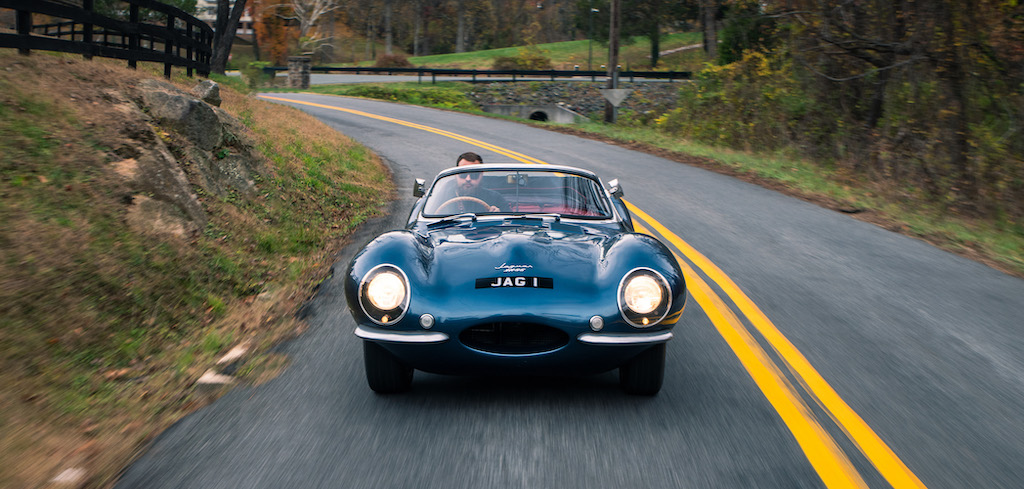
In the winter of 1956, ten years before the debut of the Lamborghini Miura, Jaguar engineers were building what was essentially a supercar. Futuristic disc brakes, the first on any production car save for the D-Type, and a lightweight chassis made for a driving experience that was years ahead of its time.
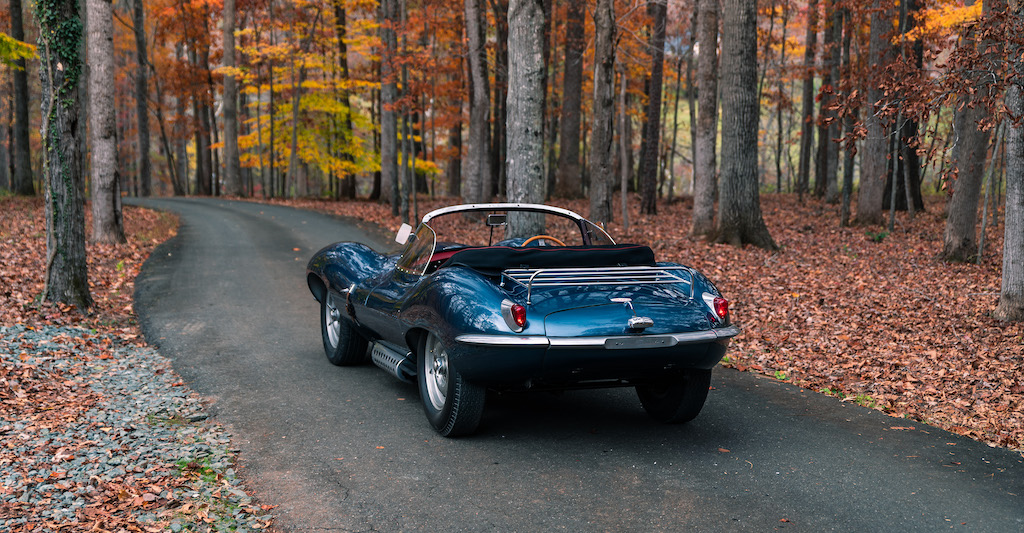
Naturally, even the cool-running nature of the XKSS would not have prevented it from catching fire during the Browns Lane blaze. The fire that started in the tire storerooms spread quickly to the sawmill, the test department, material stores, and, finally, to the dispatch area, where the freshly finished models were awaiting export. It was there that 25 of the brand-new XKSS sports racers were kept. Fortunately, the few employees still onsite braved the flames and valiantly saved sixteen of the precious XKSS chassis—a minor miracle, averting true tragedy. Because only 16 of these were rescued from the fire, each XKSS is valuable and precious, representing a piece of sports car history as well as, for many, the pinnacle of Jaguar collecting. No wonder the auction estimate is set for between $12,000,000 and $14,000,000 USD.

Looking back at the aftermath of the 200,000 sq. ft. fire at the Browns Lane plant, one is aware of the greater catastrophe that could have been. Jaguar employees put on their best smiles as they cleaned up the wreckage, salvaging as many spare parts as possible. Surely, they must have been happy to have saved the majority of the XKSS production, pushing their lightweight, 2,300 lb. bodies to the relative safety of the car park outside. We, too, are grateful.
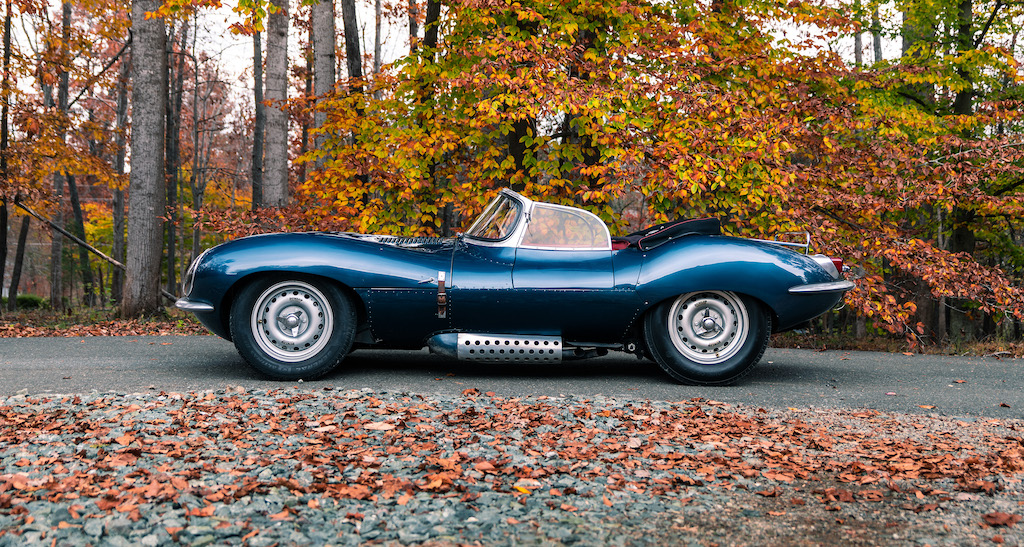
Rescued from a terrible fire, and protected for posterity by the considerate workers in Coventry, this XKSS has become a coveted piece of British motoring history. Registered with the unmistakable “JAG 1” number plate, the sale of this 1957 Jaguar XKSS is sure to draw the attention of aficionados worldwide when it crosses the block as part of RM Sotheby’s Monterey 2023 auction. This XKSS in particular, with its exceptional originality across many of its accessories and components, is considered by Jaguar authorities to be one of the best-preserved examples. Its odometer reading of 25,535 miles has been authenticated by an XKSS expert, and its engine block has been verified as the same as when it was first built. All of these factors contribute to its auction estimate, which actually represents good value for such a rare piece of history.
While Monterey is typically a momentous occasion for car enthusiasts, it is shaping up to be truly unmissable this year. Packing over 200 lots of automobiles and automobilia, this Monterey auction, set for 17–19 August, will be one for the record books. Joining this Jaguar will be a mix of multi-million-dollar offerings, including a Ferrari 275 GTB/4 by Scaglietti formerly owned by Hollywood icon Steve McQueen; a modern Formula One legend, the Ferrari F2001b, which won the Australian GP with Michael Schumacher at the wheel; and the period competition for the XKSS, a 1960 Ferrari 250 GT SWB California Spider which raced at the Targa Florio. Headlining the sale is a true heavy hitter: the 1964 Ferrari 250 LM by Scaglietti, a blue-chip collectible valued at $18,000,000 to $20,000,000 USD. Many will visit Monterey just to view this spectacular Ferrari.
But that is not to say that every car is worth millions. Offered without reserve and presented as they were rediscovered as “barn finds,” the Ferrari sports racers of the Lost & Found Collection will be a spectacle worthy of photographing. Jaguar history will be well-represented with C-Type and D-Type racers, as well as a modern XJ220 example coming for sale, all presented alongside the legendary XKSS. Many fine sports cars will join it, but few can claim to be equally fireproof.
